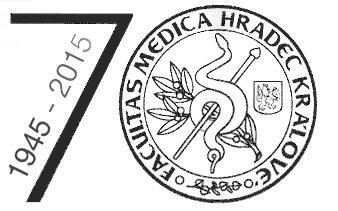 Česká verze Česká verze
|
|
|
|
|
| Main Page | |
| Invitation | |
| Overview | |
| Schedule | |
| Honorary Lecture | |
| Pre-Congress Course | |
| Keynote Lectures | |
| Section for Assistants | |
| Section for Technicians | |
| Time table | |
| Registration | |
| Accommodation | |
| Information for authors | |
| Forms and documents | |
| Contacts | |
| Abstract list | |
| Archives | |
|
|
|

The Congress is organised by the Czech Orthodontic Society. |
|
|
|
|
Old Problems and new Solutions: The Role of CBCT in Association with Breath-disorders.
Alberto Caprioglio, DDS, MS 
Keynote Lecture - Friday, October 16, 2015
Introduction: The human nasal airway has a variety of physiological functions. Probably the most important is to provide oxygen-rich air to the lungs during inspiration cycle and to remove carbon dioxide during the expiration cycle. Moreover airway contributes to the overall facial development. Children who switch back to nose breathing showed correction of several cephalometrics indicators. RME is known to improve nasal airway ventilation. However, it is difficult to precisely value the improvement with conventional methods.
Aim: The purposes of this lecture are:
- A) to use CBCT and computational fluid dynamic models to estimate the effect of RME on the nasal airflow.
- B) to understand if there is any difference between different types of expanders on the upper airway resistances
- C) to value the short and medium term effects of RME on the upper airway resistances
Conclusions: During the lecture will be highlighted the role of CBCT and 3D reconstructions in association with the computational fluid dynamics (CFD). Moreover CFD will be analyzed in order to detect the improvement of the nasal airway ventilation generated by the expansion. Differences between different expanders will be discussed according to the different RME bonded on “E” or “6” for the airway resistance modifications.
Back to the Keynote lectures list
| General partner |

|

|
|
|
| Main partner |

|

|
|
|
Partners |

|

|
|
|
| Cooperation |

|